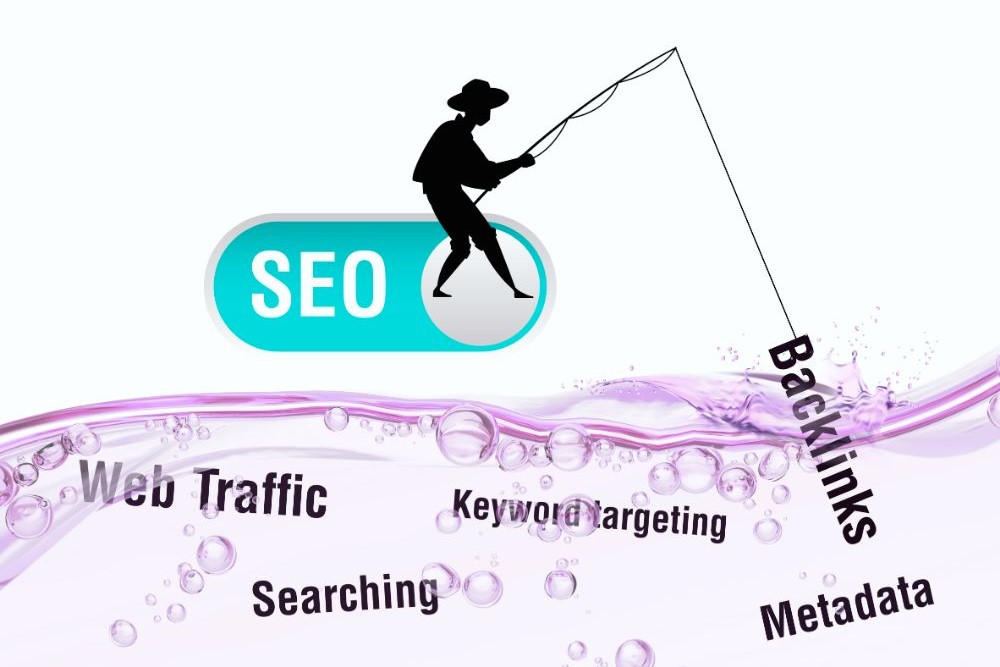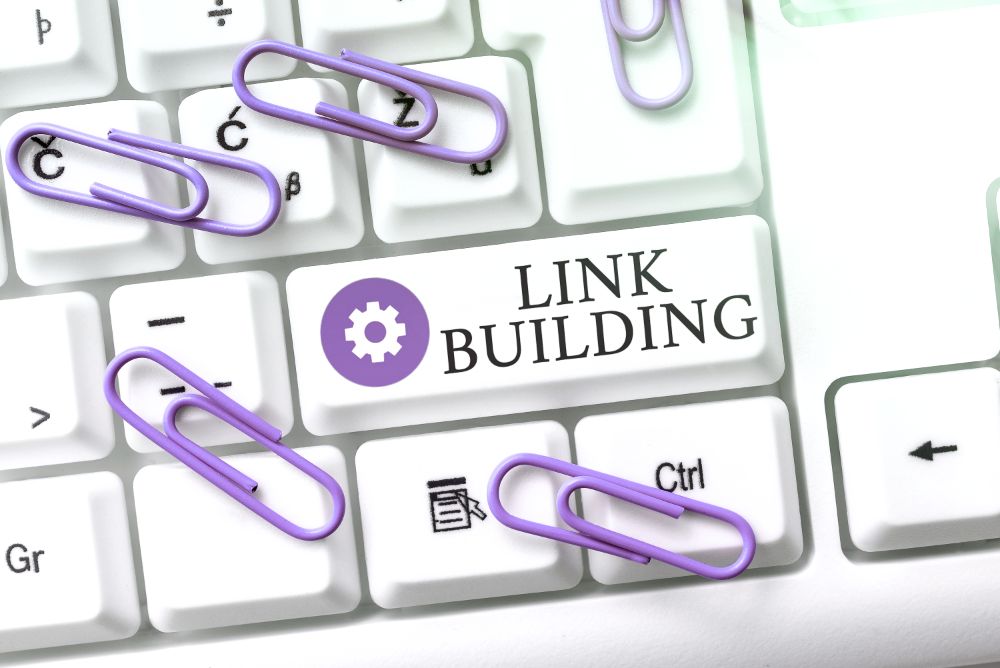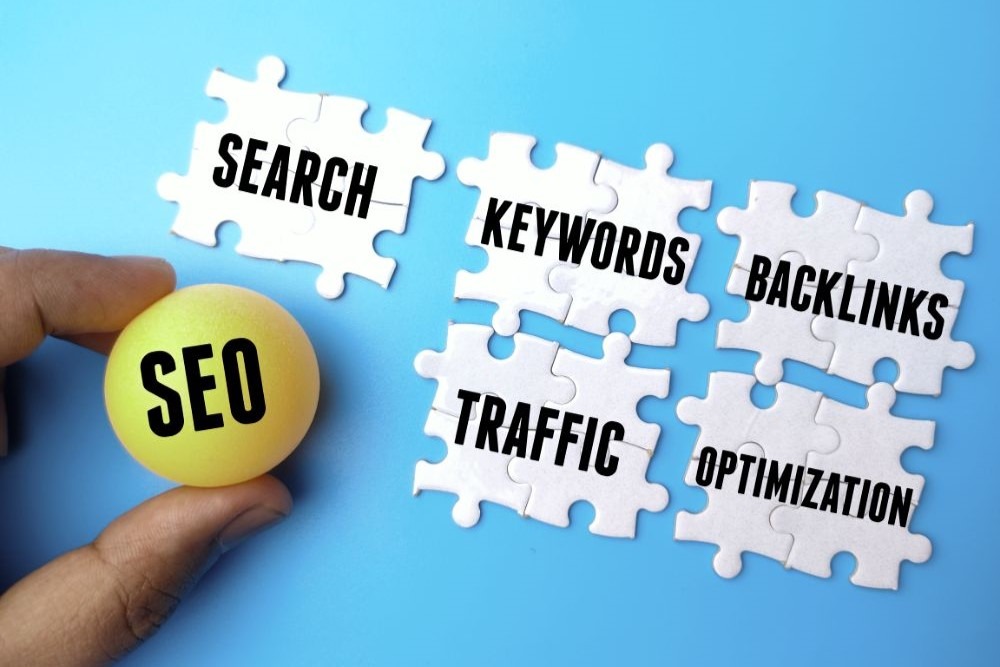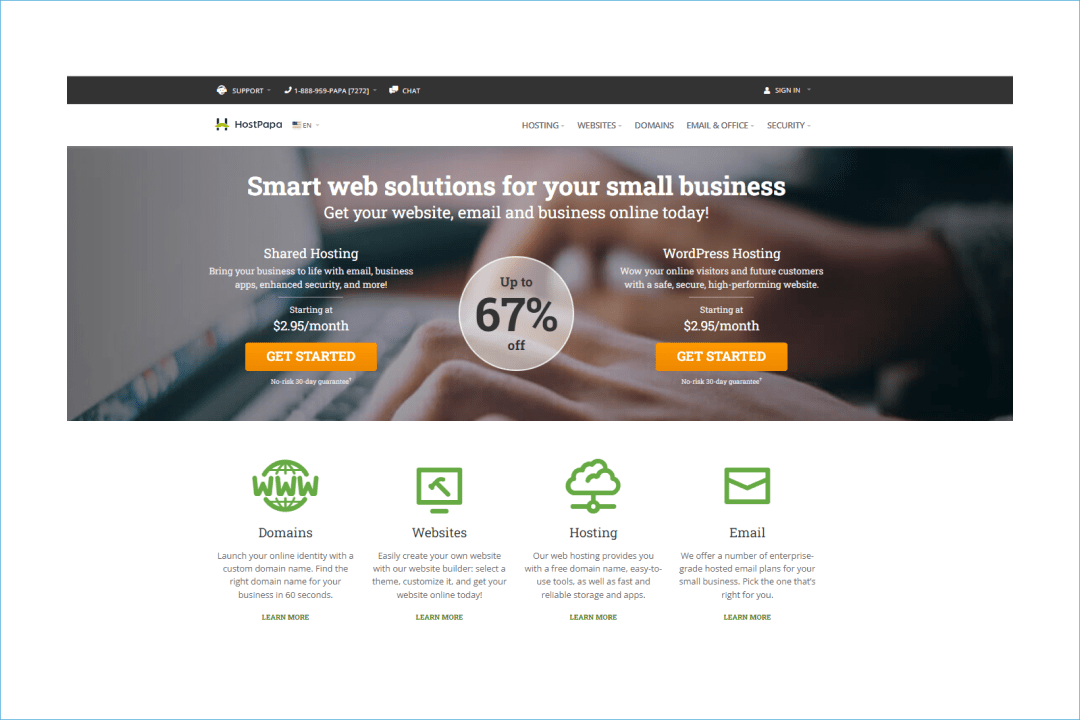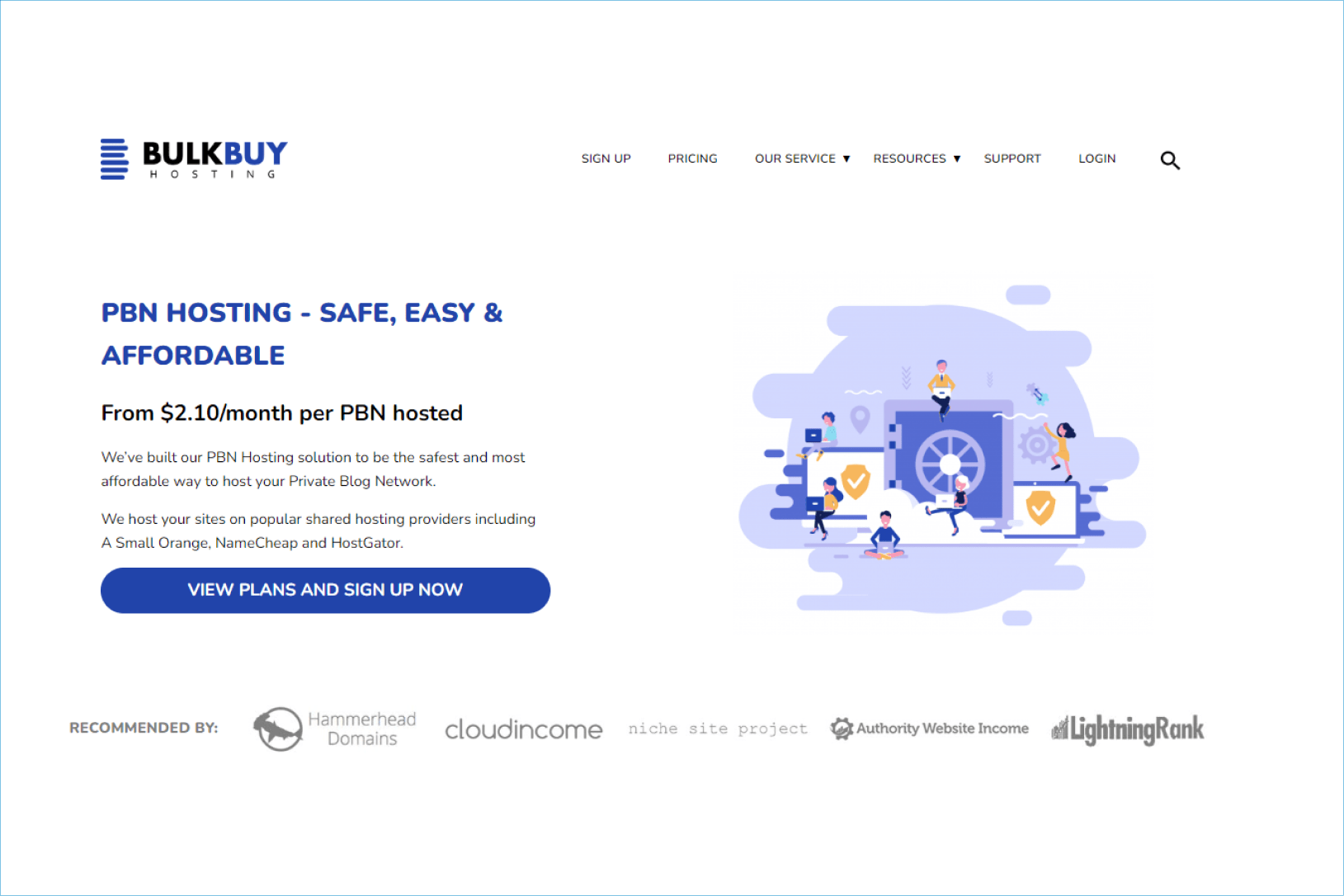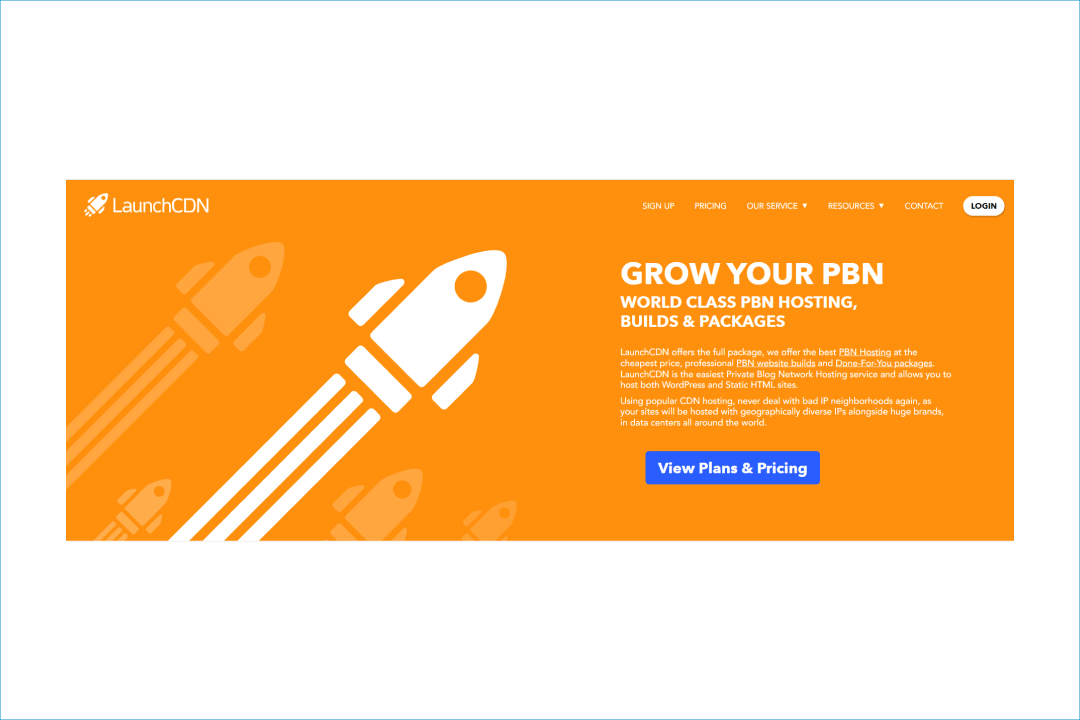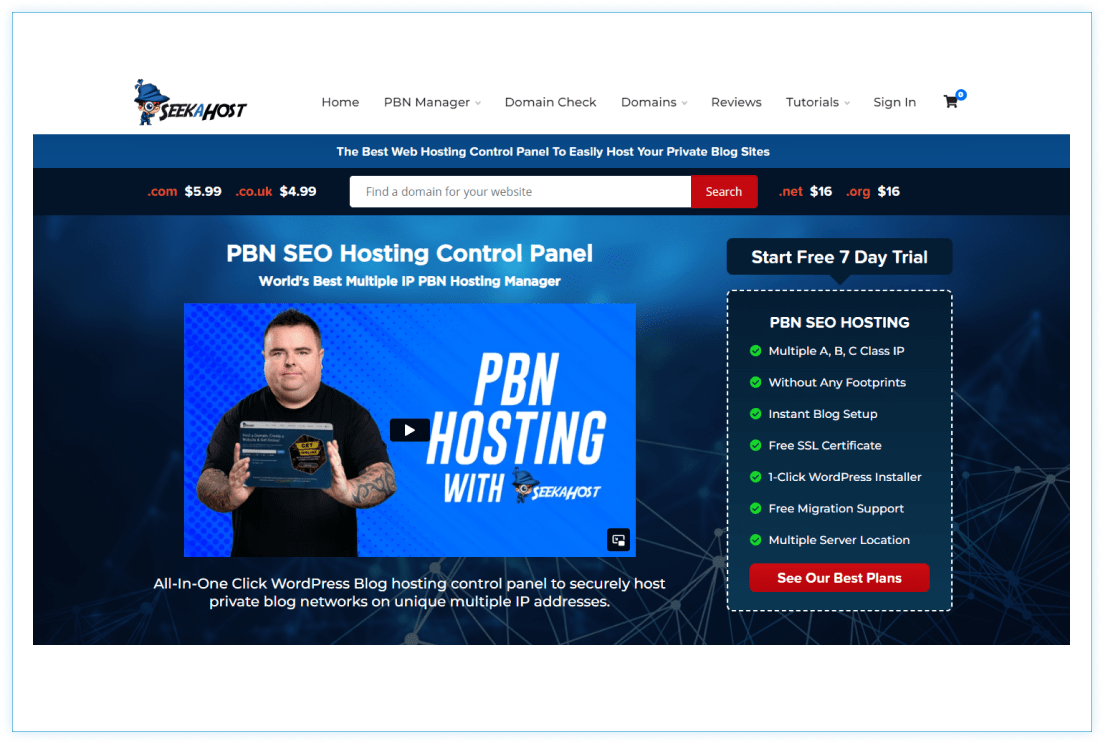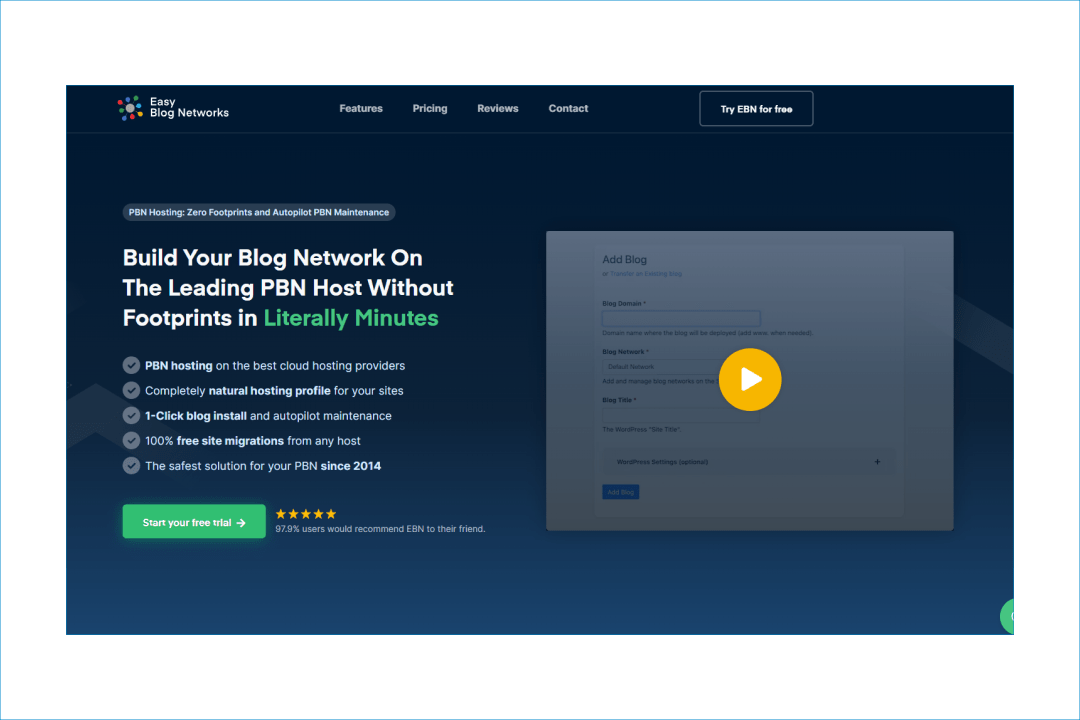
In the digital marketing world, the Click-Through Rate, or CTR, is a crucial metric that gauges the effectiveness of online campaigns. But what exactly is CTR, and why is it so important for marketers, businesses, and content creators? In this article, we’ll dive deep into the concept of CTR, how it’s calculated, why it matters, and how you can improve it to drive better results for your online efforts.
Key Takeaways
- CTR is a key metric that indicates how many users click on a link or ad out of the total who view it. It’s an important measure of how well your content, ad, or email is engaging its audience.
- A high CTR often signifies that your ad or content is relevant to your target audience, meaning the message resonates with viewers and prompts them to take action.
- In platforms like Google Ads, CTR influences your Quality Score, which can affect ad placement and cost per click (CPC). A higher Quality Score often leads to better ad positions and lower costs.
- A high CTR doesn’t always translate to conversions or sales. It’s important to also consider other metrics like conversion rate and ROI to assess the overall effectiveness of your campaign.
- Continuously optimize your headlines, ad copy, visuals, and targeting to improve CTR. A/B testing different elements can help you find what drives the best results, ensuring that your high CTR leads to meaningful outcomes.
Understanding Click-Through Rate (CTR)
Click-Through Rate (CTR) is a metric that measures the percentage of users who click on a specific link compared to the total number of users who view a webpage, email, or advertisement. In simpler terms, it tells you how many people clicked on your ad or link out of those who saw it.
For instance, if an ad is displayed 1,000 times (impressions) and receives 50 clicks, the CTR would be: CTR=(501000)×100=5%CTR=(100050)×100=5%
This metric is crucial for evaluating the success of various marketing strategies, including pay-per-click (PPC) campaigns, email marketing, and social media ads.
Why Click-Through Rate is Important
CTR is more than just a number – it’s a vital sign of how well your online marketing efforts are performing. Here’s why it matters:
Indicator of Ad Relevance
A high CTR often indicates that your ad is relevant to the audience. If people are clicking on your ad, it means that the message, image, or offer resonates with them.
Impact on Quality Score
In platforms like Google Ads, CTR is a key factor in determining your Quality Score. A higher Quality Score can lead to better ad placements and lower costs per click (CPC), ultimately improving your return on investment (ROI).
Cost Efficiency
A high CTR means you’re paying less for each click, as more people are engaging with your content. This can lead to lower costs in pay-per-click (PPC) campaigns.
Measuring Engagement
CTR helps in understanding how well your content, email, or ad copy engages your audience. If the CTR is low, it might be time to revisit your creative, targeting, or even the call-to-action (CTA).
Conversion Potential
While CTR doesn’t directly measure conversions, it’s a step towards them. A higher CTR increases the chances of conversions as more people are entering your sales funnel.
What is a Good Click-Through Rate?
There’s no one-size-fits-all answer to what constitutes a “good” CTR. It varies widely depending on the industry, platform, and type of ad or content. For example:
- Search Ads: Generally, a CTR of 3-5% is considered strong, though some highly optimized campaigns can achieve even higher rates.
- Display Ads: These typically have lower CTRs, often below 1%, as they are less targeted and often seen as background noise by users.
- Emails: A CTR of 2-5% is often seen as a good benchmark for email marketing campaigns. To learn more about email marketing, read this: https://quirk.biz/how-to-do-email-marketing-in-seo/
It’s important to compare your CTR against industry standards and your own historical data to assess performance.
How to Improve Your Click-Through Rate
Improving your Click-Through Rate (CTR) is essential for enhancing the effectiveness of your online marketing efforts. Here are several strategies to consider:
Use Strong Call-to-Actions (CTAs)
Incorporate clear and compelling CTAs that encourage users to click. Phrases like “Sign Up Now” or “Get Your Free Trial” can create urgency and interest.
Optimize Headlines and Subject Lines
Craft engaging and relevant headlines for your content and subject lines for your emails. A well-written headline can significantly increase the likelihood of clicks.
Implement A/B Testing
Regularly test different versions of your ads, emails, and landing pages to see which performs better. This helps identify what resonates most with your audience.
Use Relevant Keywords
Incorporate keywords that your target audience is searching for in your ad copy, titles, and meta descriptions. This improves visibility and relevance, leading to higher CTRs. Read our article How to Do Keyword Research for SEO.
Leverage Rich Snippets
Use schema markup to enhance your listings with rich snippets like star ratings and prices. These elements make your content stand out in search results, attracting more clicks.
Create a Sense of Urgency
Employ tactics that invoke FOMO (Fear of Missing Out) by highlighting limited-time offers or exclusive content. This can prompt quicker user action.
Improve Visual Appeal
Ensure that your ads and content are visually appealing. Use high-quality images, appropriate colors, and a clean layout to draw attention.
Target Your Audience Effectively
Focus on reaching the right audience. Tailoring your content and ads to specific demographics or interests can lead to higher engagement and click rates.
Optimize for Mobile
With the increasing use of mobile devices, ensure that your content is mobile-friendly. A responsive design can significantly improve user experience and CTR. I recommend the article Why is Mobile SEO Important? to learn more.
Analyze and Adapt
Regularly monitor your CTR and other relevant metrics. Use analytics to understand user behavior and adjust your strategies accordingly for continuous improvement.
By implementing these strategies, you can enhance your CTR, driving more traffic to your site and potentially increasing conversions.
Why a High Click-Through Rate (CTR) Isn’t Always Good
A high Click-Through Rate (CTR) is often seen as a positive sign of effective online marketing, but it’s not always the best indicator of success. While a high CTR suggests that people are engaging with your content, it doesn’t necessarily mean that your campaign is achieving its ultimate goals, such as conversions, sales, or other desired actions.
Here’s why a high CTR isn’t always good:
- It may not lead to conversions. A high CTR means people are clicking on your ad, but if they aren’t taking the desired action on your website (like making a purchase), it’s not actually benefiting your business.
- The ad content may not match the landing page. If your ad is compelling but the landing page doesn’t deliver on its promises, users will quickly leave without converting.
- It could be attracting the wrong audience. Your ad may be getting clicks from people who aren’t actually interested in your product or service, wasting your ad spend.
- For pay-per-click ads, a high CTR without conversions means you’re paying for clicks that don’t generate revenue.
- It may indicate misleading or overly broad ad copy. Your ad might be appealing to a wide audience but not accurately representing your offering.
- A high CTR on low-quality websites could mean accidental or fraudulent clicks rather than genuine interest.
- It doesn’t necessarily correlate with business goals. A high CTR alone doesn’t guarantee increased sales, leads, or other key performance indicators.
Conclusion
Click-Through Rate (CTR) is a powerful metric that provides insights into the effectiveness of your online marketing efforts. By understanding what CTR is, why it’s important, and how to optimize it, you can enhance the performance of your ads, emails, and content, leading to higher engagement and better overall results.
Remember, CTR is just one piece of the puzzle. It’s essential to consider it alongside other metrics like conversion rate, ROI, and overall campaign goals to get a complete picture of your marketing effectiveness.
Whether you’re running a small business or managing a large-scale digital campaign, improving your CTR can significantly impact your success. Start by analyzing your current performance, implementing the tips provided, and continuously optimizing to see measurable improvements in your click-through rates.
























